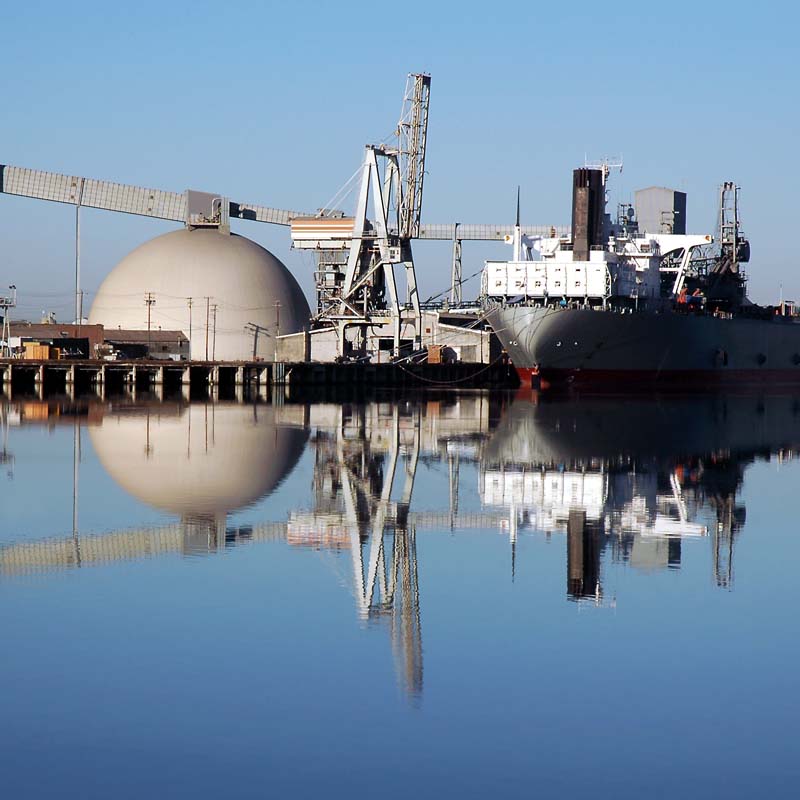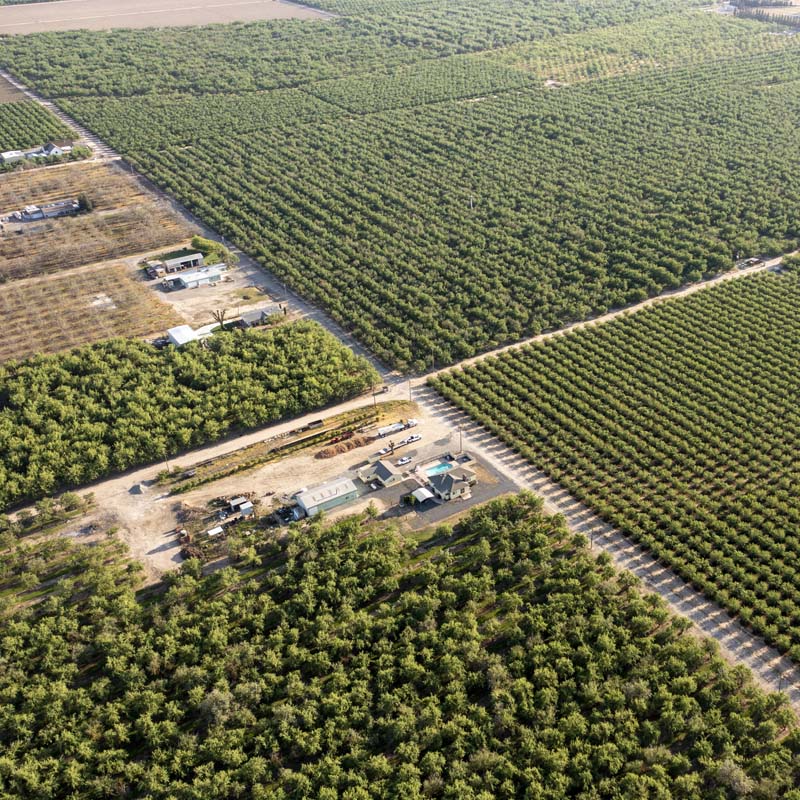 The San Joaquin Council of Governments (SJCOG) Regional Resiliency
Implementation Plan
The San Joaquin Council of Governments (SJCOG) Regional Resiliency
Implementation Plan
Purpose and Need of the Phase II Study
In 2020, the San Joaquin Council of Governments (SJCOG) finished the Climate Adaptation and Resiliency Study (or "Phase I Study") which identified planning gaps, baseline climate conditions, and key infrastructure vulnerabilities to climate change. The Regional Resiliency Implementation Plan and Adaptation Guidance (or "Phase II Study") furthers the Phase I study by providing specific solutions to expected transportation impacts such as asset degradation, emergency evacuation, and public safety. This work develops an assessment of regional needs, concerns, and barriers that the public and stakeholders have surrounding climate adaptation (actions taken to lessen or avoid impacts posed by climate change).
The Regional Resiliency Implementation Plan and Adaptation Guidance report is a tool for SJCOG member jurisdictions, other regional stakeholders, and the public to identify strategies to adapt to climate change and improve regional resiliency. The plan provides a range of implementation strategies for the region, which can be advanced by SJCOG and its partners to create a more resilient multi-modal transportation network in the San Joaquin region.





